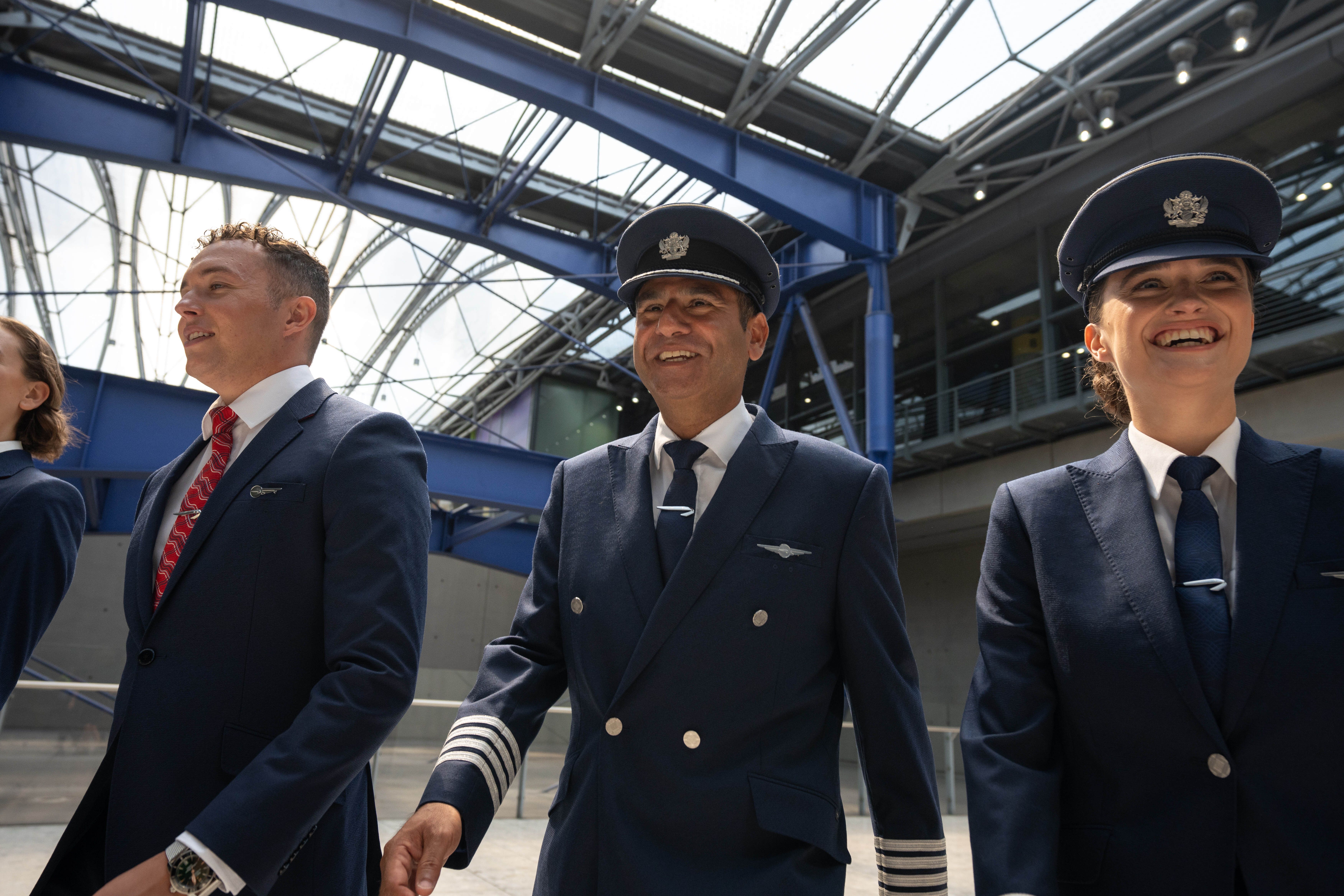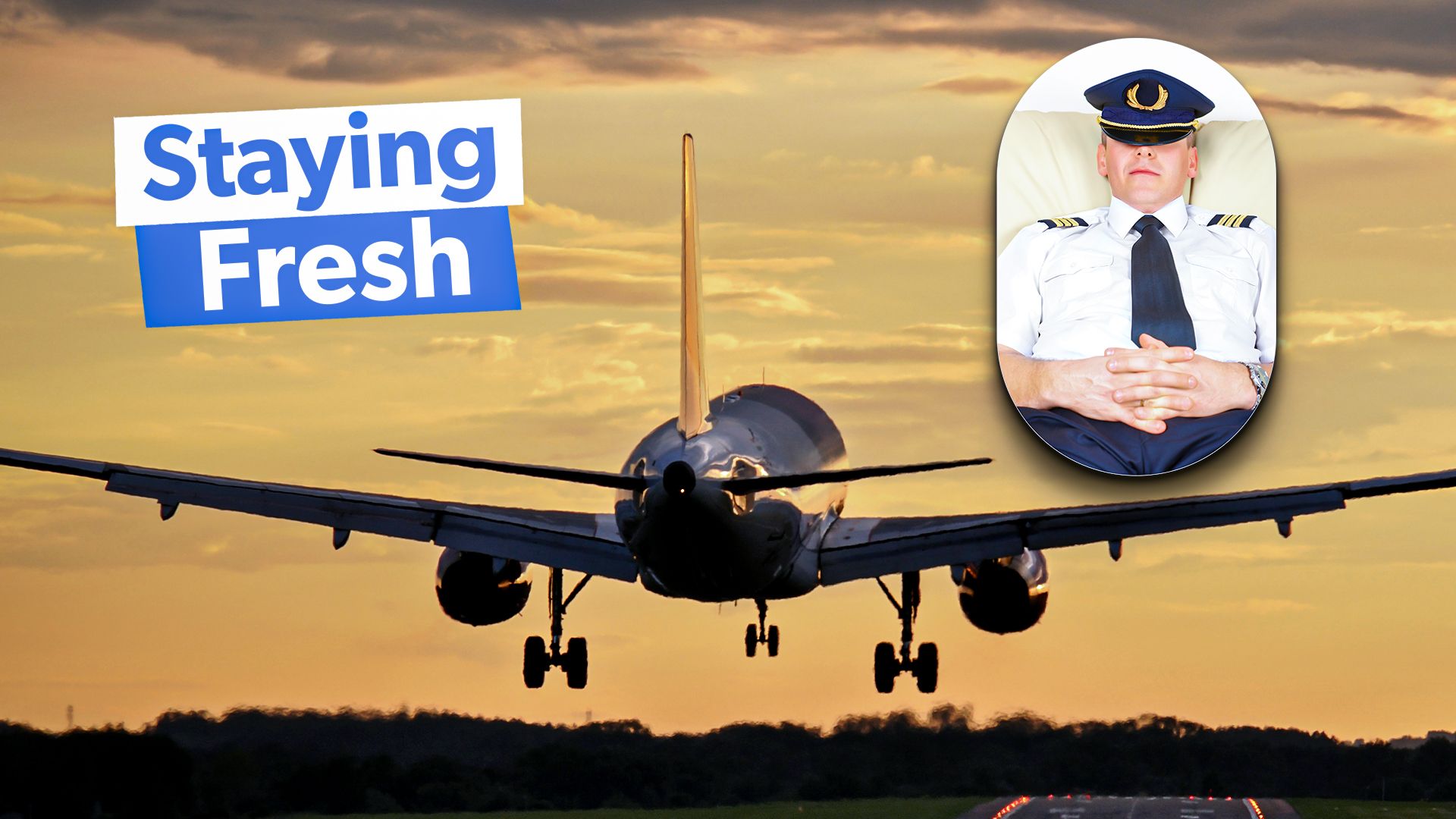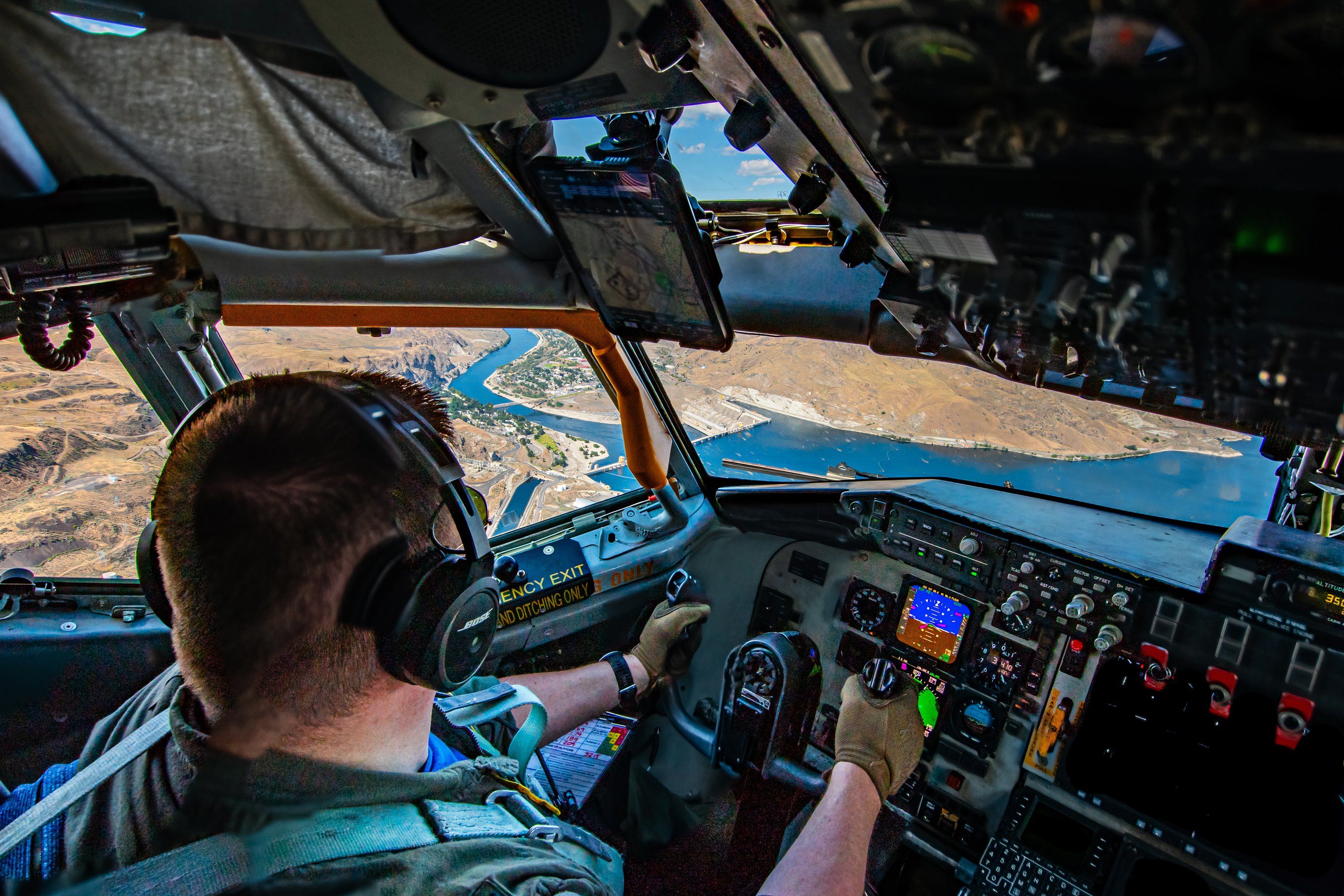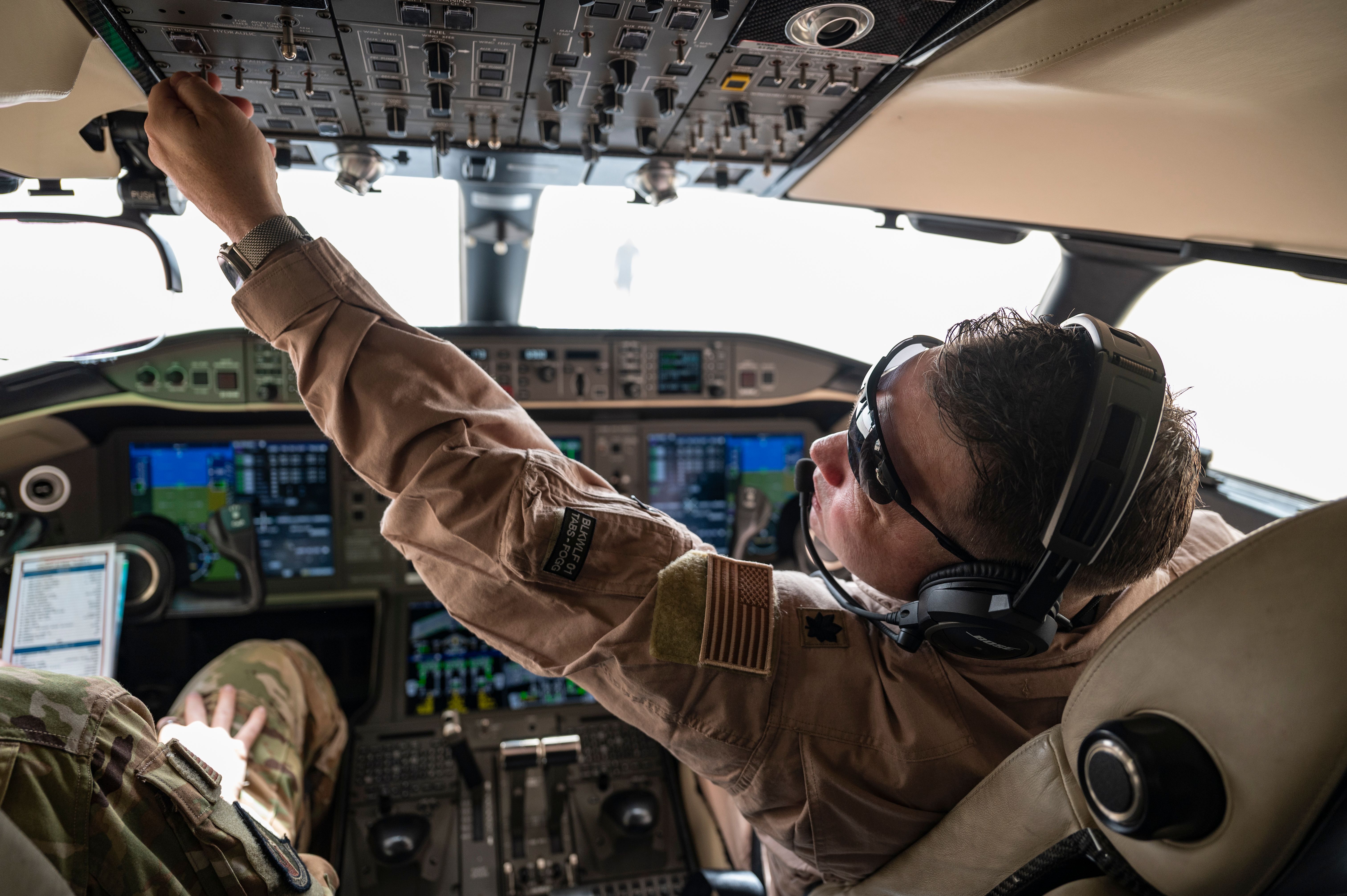Summary
- Pilot working hours include pre-flight preparation, inspections, and deadheading.
- Pilot fatigue, a result of inadequate rest, poses a significant threat to air safety.
- Regulatory bodies like EASA and FAA set strict rules for pilot rest periods to prevent overwork.
The working hours of a pilot are not quite like those of a typical 9-5 job. Some pilots choose to work part-time, although becoming a part-time pilot might require a stroke of luck. Other pilots earn the privilege of smaller working hours after a long, hard-fought journey. There is a flight which is conducted in Scotland and takes less than a minute to complete. Given that this flight is conducted only two or three times a day, one might feel that rest isn’t as big an issue for the pilot in charge.

Related
Why Have Single-Pilot Operations Become Such A Hot Topic In Aviation Safety?
Having two pilots ensures safety, especially if the pilot was to be incapacitated.
On the other hand, there are also pilots who take charge of non-stop flights that are over seventeen hours. A pilot taking control of such an aircraft would require more rest than pilots of short-haul flights. Therefore, we will delve into the intricacies of the rest periods for pilots, and see how important the resting period is for them.
Photo: Joe Kunzler | Simple Flying
A pilot’s working hours are not restricted to flight time only
A pilot’s working hours are not restricted when the aircraft is flying. Pilots operating short-haul flights generally have to report 30 minutes to an hour prior to the flight. At this time, before departure, they generally inspect the aircraft, check weather reports, and review other documents. Long-haul flights, on the other hand, have to report even earlier. Jack Herstam, an airline pilot in the US, reported for Simple Flying that some pilots like himself show up at the airline a bit earlier than required to give themselves “extra time to transit the airport”:
“ Most crew members park in employee parking lots which might be located a long ways from the terminal. It’s nice to allow some extra time in case the buses or trains running between the car parks and the terminals have any sort of delay. The time it takes pilots to clear security is elastic as well.”
Photo: US Air Force
Plus, there are also occasions when pilots need to deadhead. During this deadheading time, pilots need to fly on aircraft, more like passengers do, before arriving to take charge of another aircraft. So, a seventeen-hour long haul flight doesn’t quite correspond to seven-hour work for pilots. Therefore, airlines need to watch out for pilot fatigue.
Without proper rest, pilot fatigue becomes a probability
According to ICAO, pilot fatigue is defined as:
“A physiological state of reduced mental or physical performance capability resulting from sleep loss or extended wakefulness, circadian phase, or workload.”
According to a report published by the BBC which calls pilot fatigue “one of the biggest threats to air safety”:
“ Aviation accidents are still extremely rare, but when they have occurred, figures show that 80% are a result of human error, with pilot fatigue accounting for 15-20% of human error in fatal accidents. A survey by the British Airline Pilots’ Association (Balpa) of 500 of its members showed 43% had involuntarily fallen asleep in the cockpit, and of those, 31% said that when they woke up the other pilot was also asleep.”
Some of the most notable air crashes caused due to pilot fatigue include:
| Accident involved | Causes |
|---|---|
| 2016, Fly Dubai Flight 981, Rostov-on-Don, Russia | “the possible operational tiredness of the crew; at the worst possible time in terms of the circadian rhythms”, according to the Interstate Aviation Committee, 2016 |
| 2009, Colgan Air Flight 3407, Buffalo, USA | “ Inadequate training, unnecessary conversation amongst aircrew during takeoff and landing, pilot flying after failing proficiency tests, fatigue. Both pilots had long commutes and slept in the crew lounge, instead of a hotel before the flight.”, according to NTSB, 2009 |
| 2007, JetX, AEU804, Keflavik, Iceland | The flight crew was likely fatigued and this had a degrading effect on their performance. The continuance of the flight from Edinburgh to Keflavik and the resulting extension of the flight duty period placed the crew at risk of experiencing fatigue related errors.”, according to Aircraft Accident Investigation Board, 2009 |

How does improper rest affect pilots?
As flying requires pilots to take charge of an aircraft in unsocial hours, this can tweak the circadian rhythm of pilots. So, pilots need to have adequate rest before their duty. In the case of ultra-long-haul flights, there might also be relief pilots to give pilots proper rest. While a relief pilot is in charge, pilots tend to have an in-flight rest period, but this can lead to improper rest for pilots, as:
- Pilots can experience stiffness after sleeping in cramped spaces of an aircraft.
- The noisy environment of an aircraft can cause sleep deprivation, and disrupt the natural sleep cycle of pilots.
Rules for rest periods set for pilots
The FAA has mandated a maximum flight time of 100 flight hours per month. SImilarly, EASA has proposed a maximum of 900 flight hours per year. Both of these limits are placed to ensure that pilots aren’t overworked.
| Governing body | Rules for pilot’s rest periods |
|---|---|
| EASA |
|
| FAA |
|



